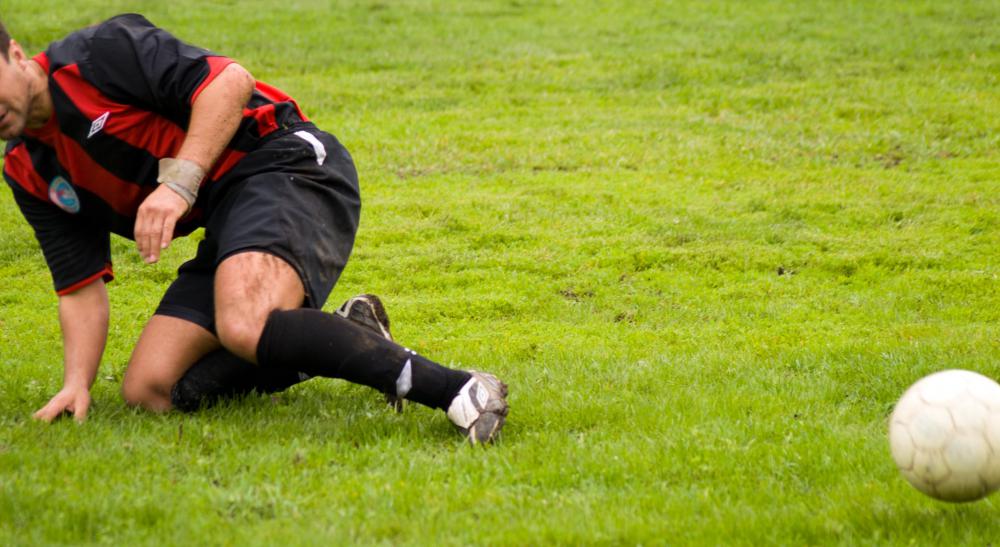At WiseGEEK, we're committed to delivering accurate, trustworthy information. Our expert-authored content is rigorously fact-checked and sourced from credible authorities. Discover how we uphold the highest standards in providing you with reliable knowledge.
What are Wall Squats?
Wall squats, also known as wall sits, are strengthening repetitive leg exercises that target the quadriceps and hamstrings of the upper legs and need the assistance of a straight and stable wall. The wall squat can also exercise the calves, depending on the variation. One variation involves standing against a wall, then squatting until the thighs are parallel to the floor. Another variation involves lifting the left and right heels one at a time to help strengthen the calves.
To perform this exercise, the person’s back should be placed firmly against a stable wall. Their feet should be at least 2 feet (about 0.6 m) forward from the body, shoulder-width apart, with toes pointing forward. The exerciser should squat low by sliding down the wall until his or her thighs are parallel to the ground and form a 90-degree angle with the lower legs. This position is normally held for at least 30 seconds before the person slowly moves back to the original standing position. Sometimes a chair or pole is used to assist the exerciser in standing back up.

The hands should be kept off the legs during the squat. Normally, this exercise is part of a routine and repeated at least three times. Repetitions become easier over time as the legs’ muscle strength improves. Sports that involve running, jumping, or kicking use the leg muscles to a great extent and can lead to injuries because of weak upper leg muscles. By strengthening the quadriceps, hamstrings, and calves through wall squats, leg- and knee-related injuries are better prevented.

Single-leg wall squats can also be performed to add more challenge to the exercise. To perform this exercise, one leg is brought forward during the squat so the other leg supports the entire body. This position is held for a minimum of 15 seconds and helps strengthen and tone the calves.
Wall squats tone the muscles relatively quickly and help build endurance. When incorporated into a physical fitness regime, this endurance can improve the performance of other physical activities, such as running and jumping. Likewise, the exerciser’s performance in such sports as skiing can improve with wall squats, due to the sport’s heavy use of leg muscles.

These squats can be performed in many places, such as at home or in the office. Like any exercise, precautionary measures should be observed to avoid both short-term and long-term injuries. Comfortable shoes and a smooth wall are important when performing this exercise.
AS FEATURED ON:
AS FEATURED ON:













Discuss this Article
Post your comments